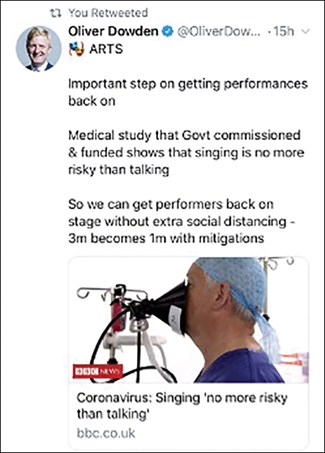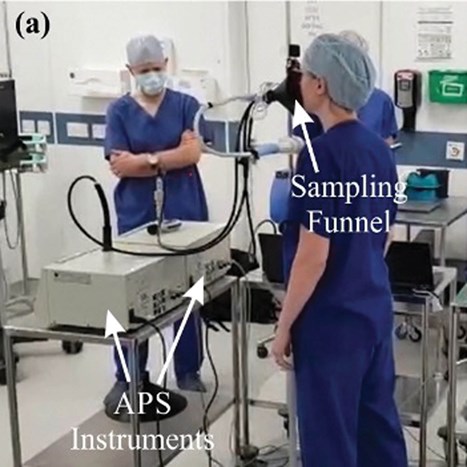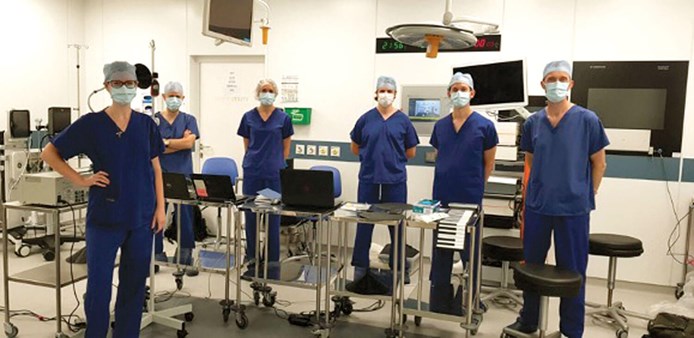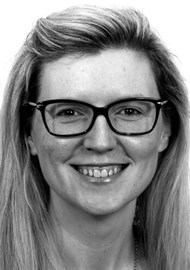Is singing safe? This was a question asked around the world at the start of the pandemic in early 2020. Natalie Watson and Chris Orton tell us about a rapidly-convened research group that led to profound changes in UK Government policy.
In spring 2020 and in the midst of the first wave of the COVID-19 pandemic, the entertainment industry was additionally damaged by the news that several COVID-19 clusters had arisen in choirs, resulting in the act of singing being deemed dangerous. Headlines were published, such as, ‘A Choir decided to go ahead with rehearsal. Now dozens of members have COVID-19 and two are dead’; ‘Coronavirus Ravaged a Choir. But Isolation Helped Contain It’; and ‘Why Singers Might Be COVID-19 Super-Spreaders’.
In their efforts to try and help contain the virus, governments imposed restrictions worldwide, enacting a vast impact on all strata of human society, including the restriction or suspension of singing and the playing of woodwind and brass instruments. These decisions, whilst necessary, were fairly arbitrary, as little information identifying the specific dangers associated with singing, quantifying transmission risk or mitigation strategies, were available. Our challenge, as we saw it, was to improve our understanding of these factors, to enable the safe restart of these practices, which mean so much to so many.

Rt Hon Oliver Dowden CBE MP, Secretary of State for Digital, Culture, Media and Sport,
Tweet about the PERFORM Study and the impact on government guidance.
Declan Costello (ENT Consultant, Laryngologist and Editor of ENT & Audiology News) and Natalie Watson initiated a collaboration to try and help solve the problem. We started by holding a number of meetings directly with the choral leaders and choirmasters around the UK who were the key stakeholders; in this way, we were able to further understand the problems and refine our research question. We then created a task force of experts from across the UK to help answer our question: ‘is the aerosol produced during singing different to speaking at the same volume?’

A mock setup of the experiments.
Our task force became the ‘PERFORM’ (The Investigation of ParticulatE Respiratory Matter to InForm Guidance for the Safe Distancing of PerfOrmeRs in a COVID-19 PandeMic) working group and comprised ENT surgeons, respiratory physicians, aerosol scientists, engineers, physiologists, computer dynamic modellers and statisticians. We used our wide network of contacts to engage the policy makers and achieved sponsorship through Public Health England, with the PERFORM 1 pilot study funded by the Department for Digital Culture, Media and Sport (DCMS).
“Little information identifying the specific dangers associated with singing, quantifying transmission risk or mitigation strategies, were available”
From conception, obtaining ethics and running the participants testing took six weeks, which was remarkably fast as, in usual times, such a clinical trial would usually take three months to initiate. Having worked night and day on the setup, we conducted the research in July, having been gifted private orthopaedic operating theatre space and facilities to use at the Fortius Surgical Centre, London. Volunteers were recruited from the Royal Opera House, English National Opera, Eleven Management, and the BBC Singers, to name but a few. Equipment was loaned from Dyson, University of Manchester and the Health and Safety Executive. The performers sang or played into a 3D-printed funnel attached to instruments that measured the number and size of respirable particles produced during differing vocal activities. By September we had processed and analysed the enormous amounts of data collected and published a pre-print and, subsequently, a peer-reviewed paper [1].

Some of the PERFORM 1 Working Group. (L-R): Natalie Watson, Jonathan Reid,
Florence Gregson, Christopher Orton, Bryan Bzdek, Declan Costello.
The final paper considered 25 professional singers and concluded that there was good intra-participant consistency, but there was a small effect 2-3x difference between singing and speaking at medium (70-80 dB) and high (90-100 dB) volume. However, the most striking result was the profound effect of volume. Comparing the quietest (50-60 dB) to the loudest volume range tested (90-100 dB), there was a 20-30-fold effect on the number and mass concentration of the particles. Musical style and gender were shown to have no effect on the respirable particulate matter released during singing.
“Comparing the quietest (50-60 dB) to the loudest volume range tested (90-100 dB), there was a 20-30-fold effect on the number and mass concentration of the particles”
Once we had finished the pilot study, many questions remained, and we applied to the UK research grant, EPSRC. Using the same methodology, monies were awarded to investigate the aerosol and droplet release from participants performing a wider range of activities, including exercise, speech and language therapy. The PERFORM-1 project work has also been extended, by re-inviting a selection of professional singers back to assess whether individuals produce differing quantities of respirable material at different points in time. Further groups of woodwind and brass instruments are also being assessed, to investigate instruments that had been singled out as being high risk, such as the clarinet. Following data collection, our collaborators at Arup will use Computerised Fluid Dynamic modelling to create simulated scenarios based on the empirical information, to help inform guidance for the government and the public on how to mitigate risk.
The task was substantial but, through collaboration and generous people offering their time voluntarily, the team has worked with a vast sense of comradery to deliver the project. We are hugely grateful to all those who have contributed to the research, volunteered their time, voice and aerosols to help inform us more about basic physiology in a way that has not been performed previously. The results so far have been valuable in helping to formulate a scientific basis for government guidance, and we are all excited to get back to our favourite pastimes and participate in these with others. Through this work, we hope to have contributed to the return of ‘normal’ life, whilst keeping people as protected as possible in these challenging times.
Reference
1. Gregson FKA, Watson NA, Orton CM, et al. Comparing aerosol concentrations and particle size distributions generated by singing, speaking and breathing, Aerosol Science and Technology 2021;55(6):681-91.






